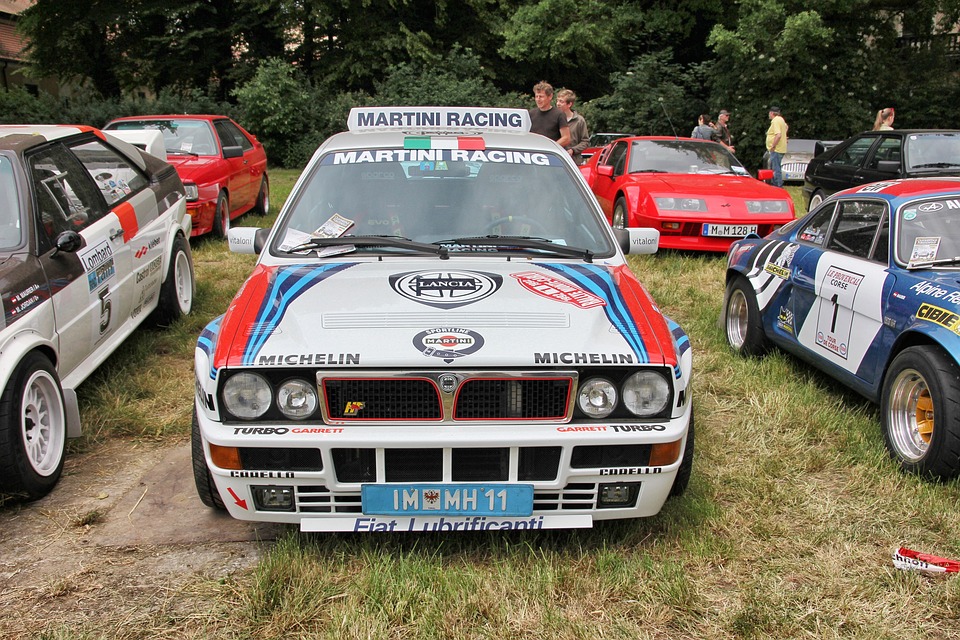For most racers, Saturday-night short track racing is a trial-and-trial error game. So understanding generally come from two sources: advice from more experience racers and trying new things out for yourself on race night. If you are lucky, you can confirm whether or not a new setup works during the limited practice you get before qualifying. But then you just can’t be sure until you test that setup in the heat of the competition.

It’s a lot easier to to prevent bad driving habits before they begin. After all, learning from you mistakes on the track may seem like a good theory, but it is not the best idea when those mistakes can cost you cold, hard cash.
To be able to prevent mistakes on the track, pay close attention to what’s happening in front of you and behind you at all times. Don’t take risky chances. Races are not won on the first lap. In order to earn respect from more experienced drivers, you show respect. Always drive other drivers the way you want to be driven. Bear in mind, racing is an expensive sport.
It is important not to develop a tradition of overdriving the race car. Overdriving means when you’re pushing the car beyond it’s potential. General rule it’s not a good idea to be on the brakes and the gas at exactly the exact same time. That rarely works out nicely. When you’re on the gas and brakes at the same time, that overheats the brakes quickly. It’s also hard to have a car to rotate and flip if you’re on the brakes. It’s always best to brake before entering the turns and allow the car roll. This allows the suspension to set so the car can rotate.
It may feel slower, but it is going to turn better, be easier to drive, and overall make you faster. This may seem like a pretty straightforward thing not to do, but it’s simpler fall into this habit than you may think. When you’re following a car you’re always looking a way to get him around, and it’s easy to start driving the same line as he is. So try a different line, change your apex, or do something to make him make the error, then take advantage of it.
Get a Spotter
Having a fantastic spotter that will work with you is very significant, particularly on restarts. When everybody is lined up in one or two rows, it can be difficult to see what’s going on three to five cars ahead of you. That’s when you will need a good spotter to allow you to know if the lead car is taking the green flag clean or if he’s checking up at the last minute to stack up the area before he takes off. If your spotter is on his feet, he can let you know if the good lane is the outside or when you need to avoid trouble forming ahead of you.
Do Not Abuse Your Race Car
One of the biggest problems with inexperienced drivers is they have a tendency to hammer the gas pedal coming out of the turns. With the energy available from these engines, it’s easy to provide the engine a lot of throttle and spin the tires. This is especially easy to do on short tracks, or flat tracks with tight turns. When you do that, you end up doing what we call “frying” the back tires.
Tires last awhile, but as soon as you start spinning them, the maximum traction goes away pretty fast. The tires are the first thing that takes abuse on a race car. If you can keep the momentum of the race car up through the corner and get into the throttle more smoothly, you will improve your speed. It requires a whole lot of touch to be able to give all of the throttle the car can manage without spinning the tires, but once you’re able to do so, you’re going to be quicker for more laps.
The most important thing to remember is that you need to race people how you need to be raced. If you don’t, then that kind of stuff is going to come right back on you later. It can be tricky to see what’s happening with three or five cars lined up in front of you. That’s when you will need a fantastic spotter to let know what’s going on in front of you and behind you. He is also you extra pair of eyes so that you don’t need to multi-task and break concentration on what’s ahead of you. If your spotter is on his feet, he notify you of your environment and keep you out of trouble.



